Aeriathrae
Artist’s statement:
Dust seeds, balloon seeds, samaras and pseudosamaras, are all formed with characteristics that catch the power of the wind. Tiny embryos swirl around us as we walk down urban streets, blow past us on vagrant breezes as we drive through suburbia, or careen down the highway in our cars. The air is full of potential life. Some of these seeds such as dust seeds, are miniscule, not even a millimeter across. Other seeds, such as the winged samaras or pseudosamaras, may be a few inches from tip to tip. Borne on puffs of wind, these colonizing strategies serve to carry their embryos far from the parent plant, sometimes several feet, sometimes many miles away.
The six discrete objects in the Aeriathrae installation are inspired by the various seed forms plants have developed through evolution to harness the colonizing power of the wind. Each individual shape of the six three-dimensional objects has been determined by a particular wind-harnessing strategy. These plant-developed strategies will be re-deployed by the installation to catch HVAC convection air currents. Each air capturing strategy will rotate its form on its axis at a different rate, magnifying the wind-borne rite of passage that each plant embryo embarks upon at the end of it’s species growing season.
The forms are envisioned as hanging below the skylight on the floor above the Dalton Gallery, coming into the gallery space through the balcony in Gallery B. Directly below, on the floor, a smooth white/reflective platform 6 inches tall by 9 x 7 feet wide will have a continuous video loop of wind-blown clouds, echoing the skylight directly above.
Installation Description:
Each lightweight hollow form, roughly measuring 24”x36”, is currently being built out of laminated unryu paper, linen, and stainless steel spring wire, and is designed to be suspended from a heavy duty snap swivel hung on 1/8 diameter steel “airplane cables” varying from 10 feet to twenty feet in length. The regular HVAC convection of air in a large building should serve to turn each form on its swivel, especially in a tall space such as Gallery B in the area of the skylight.

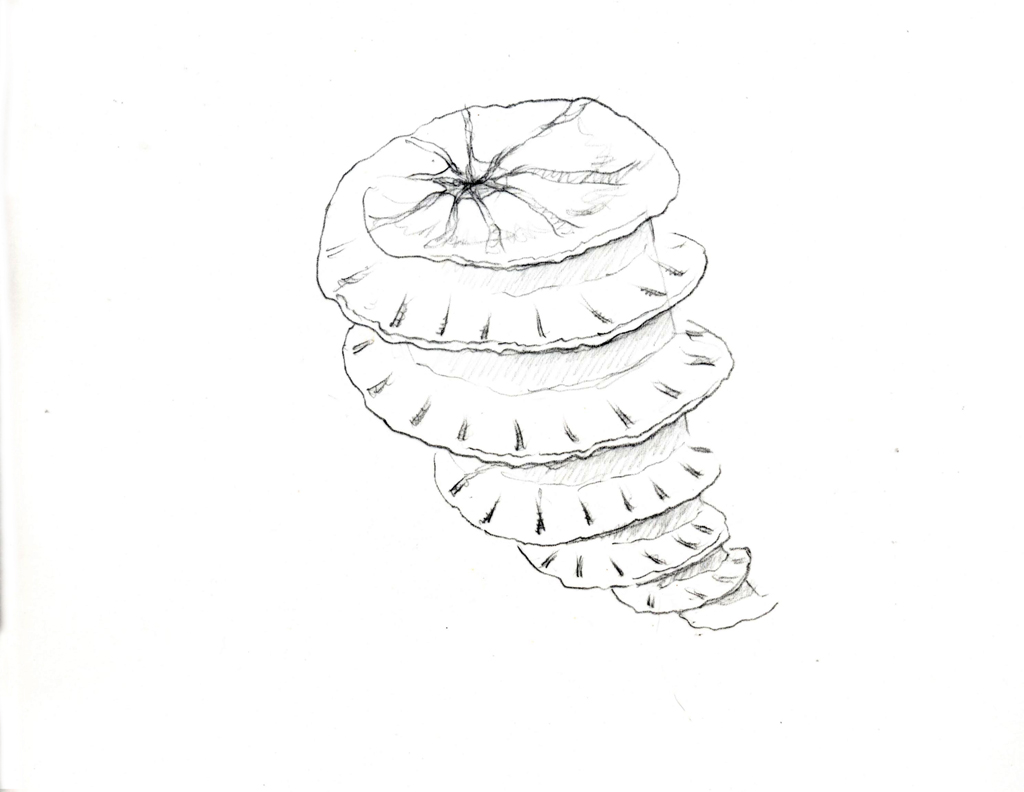
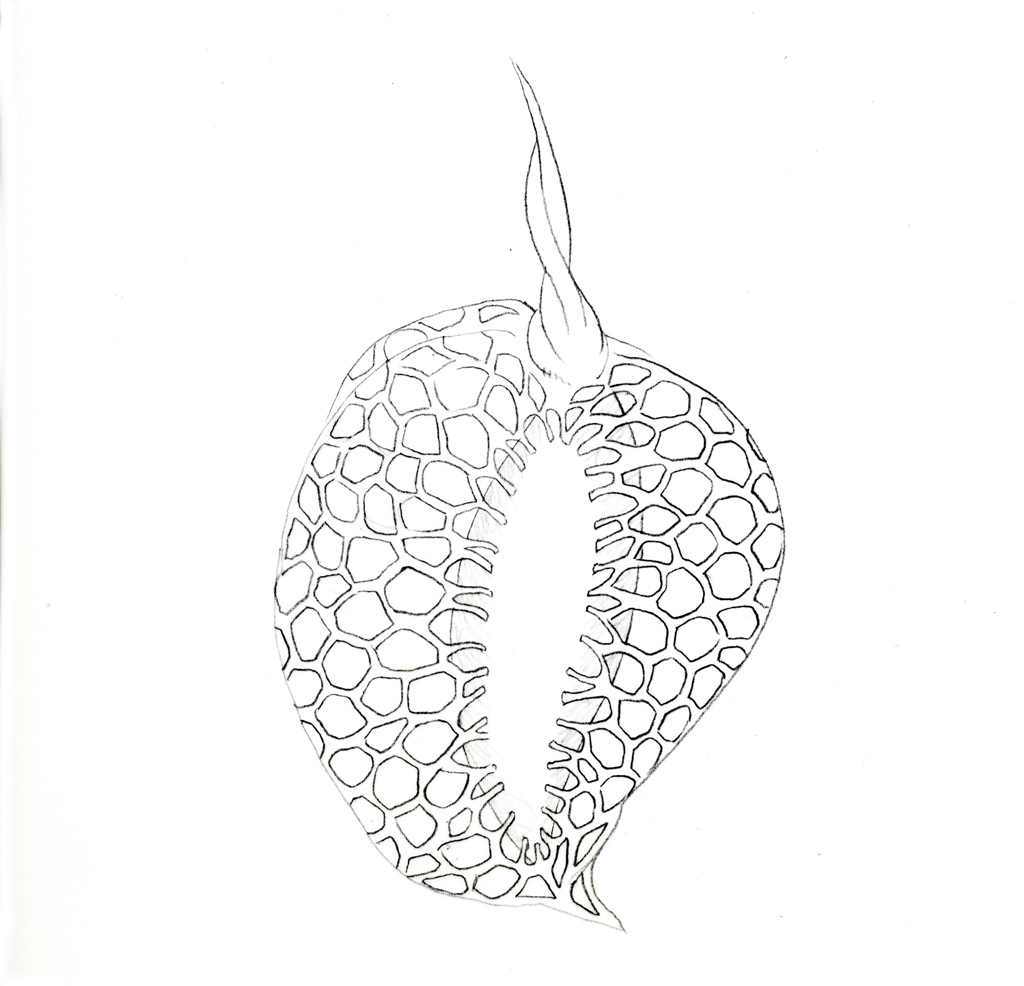
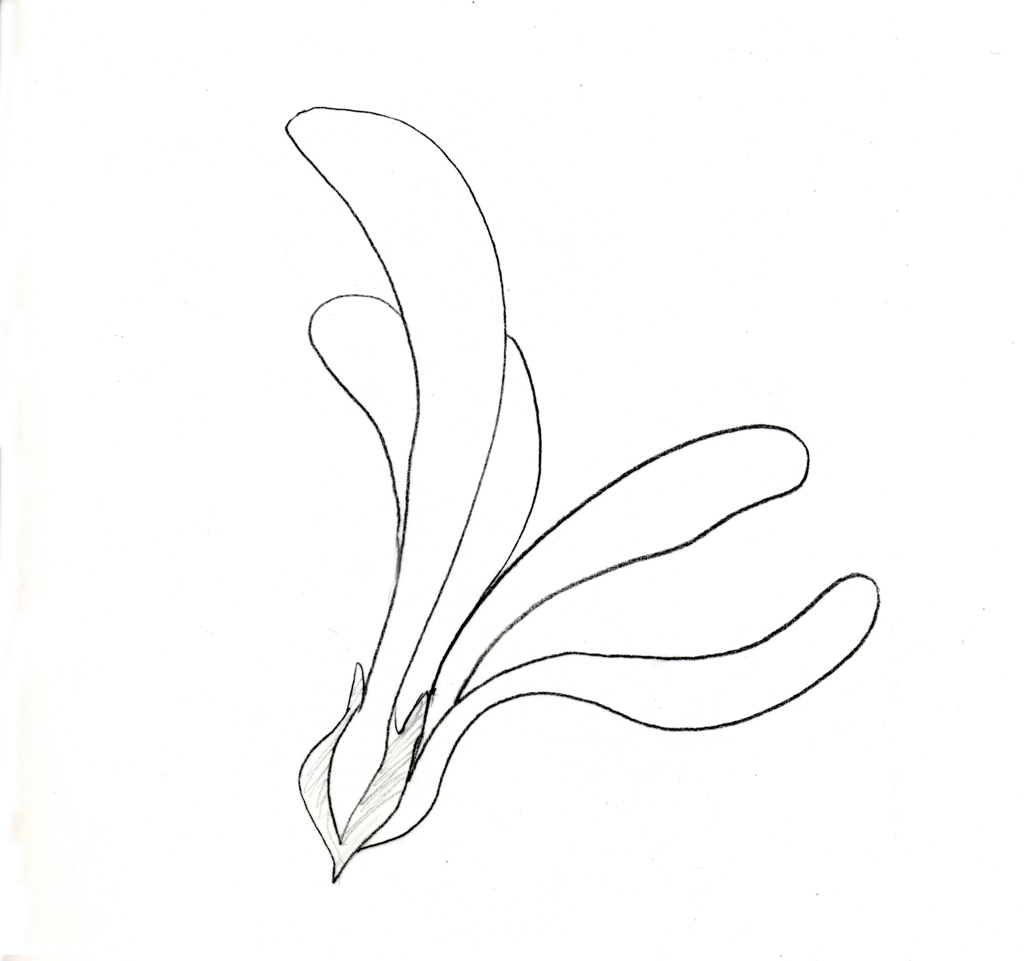
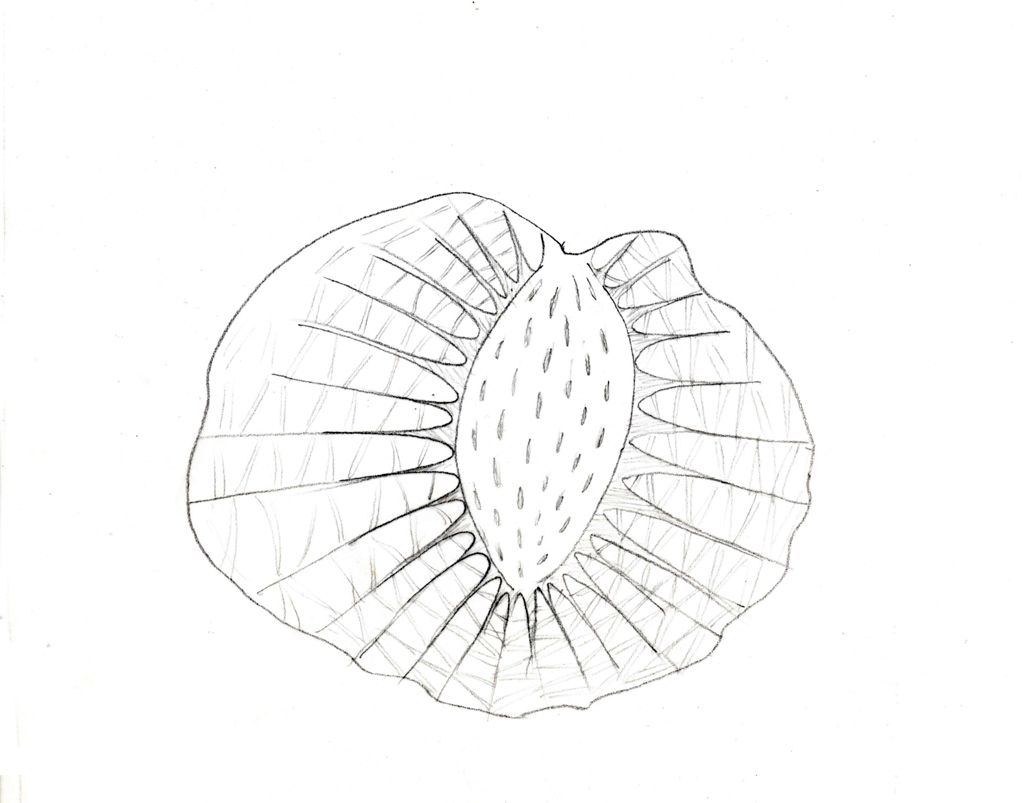
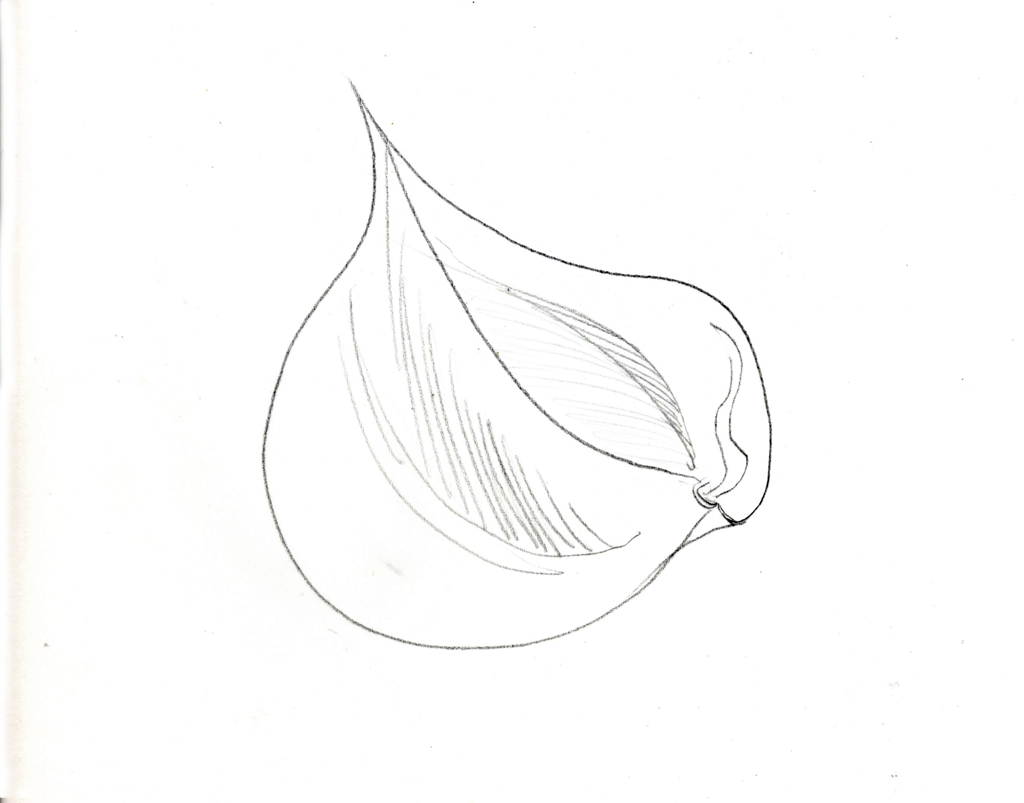
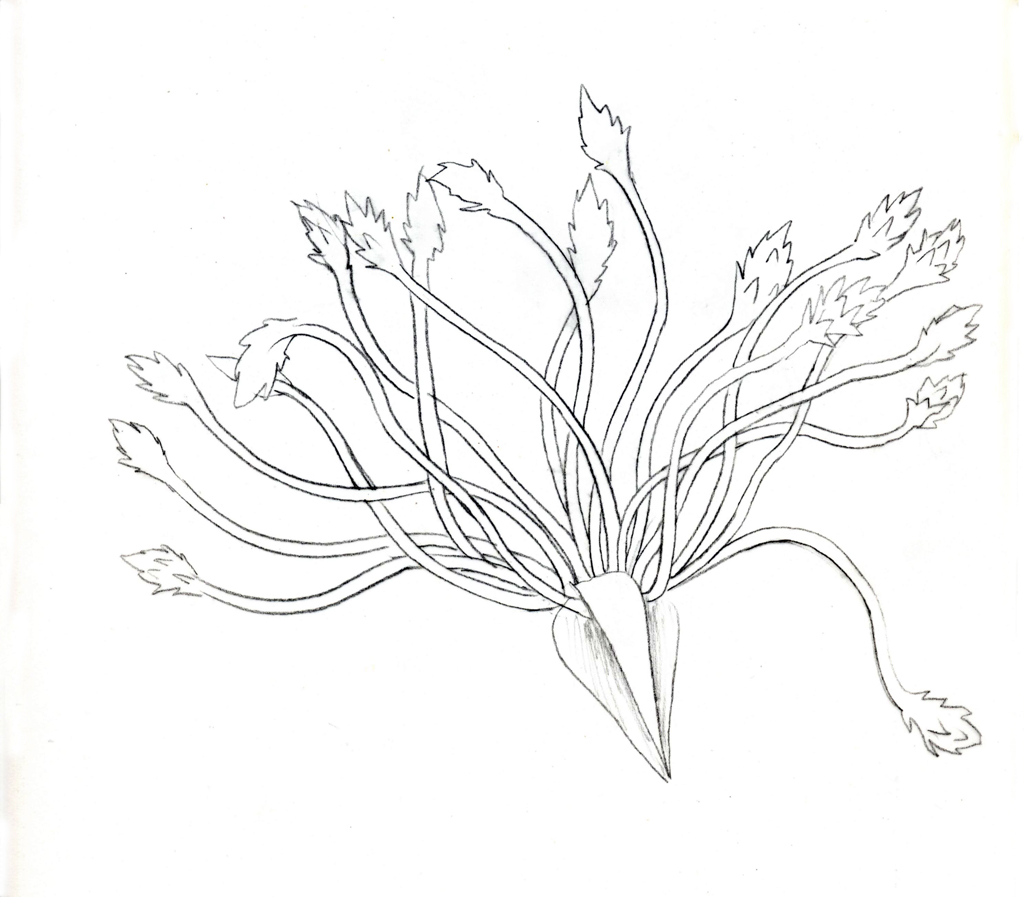
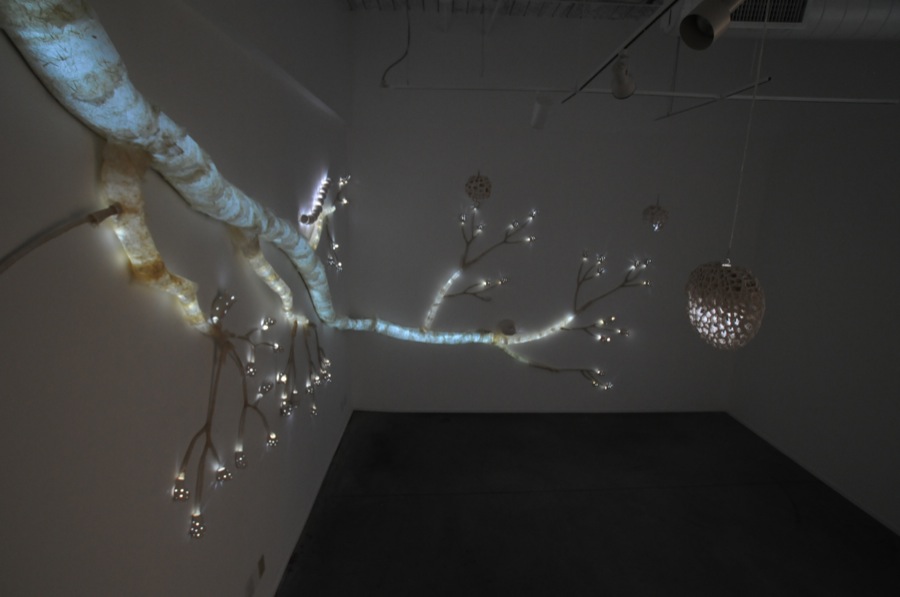
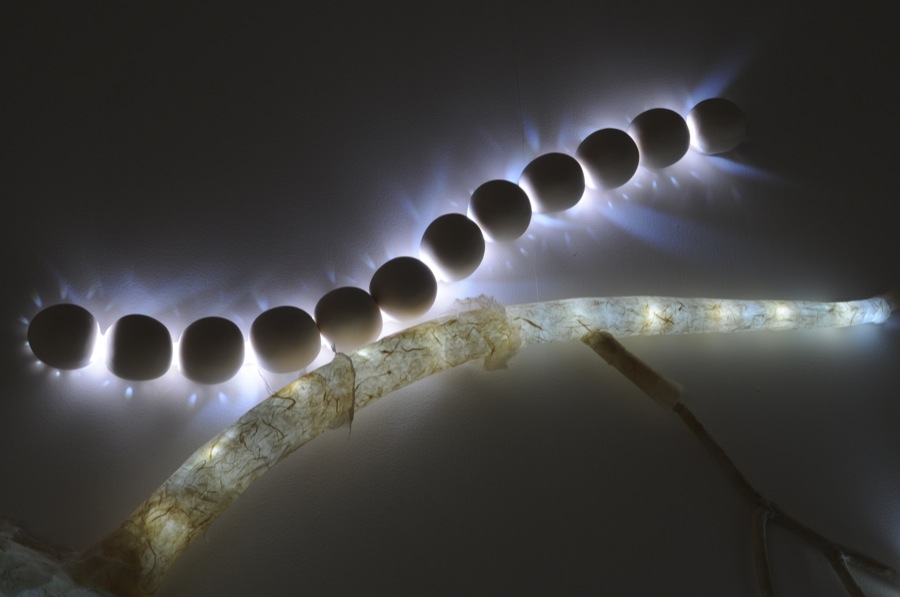
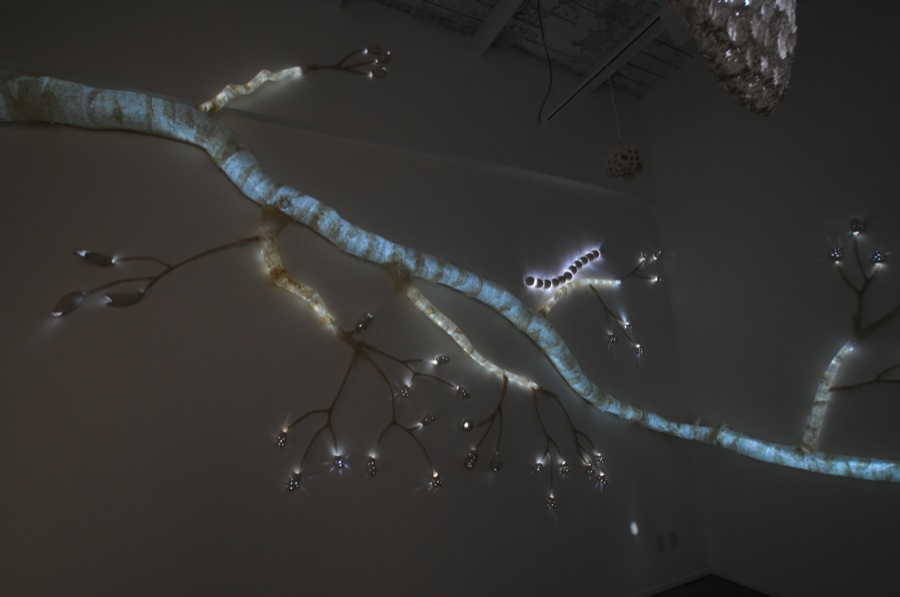
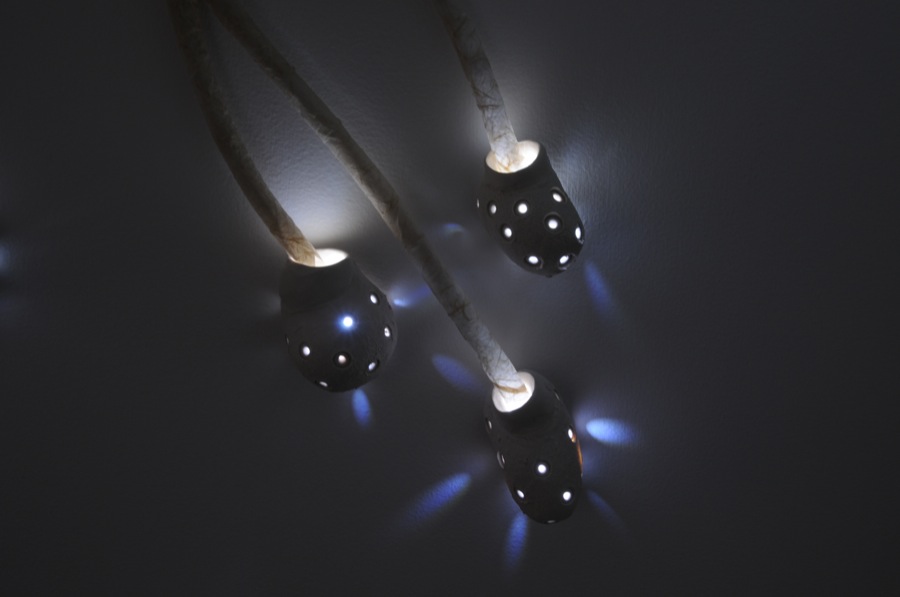
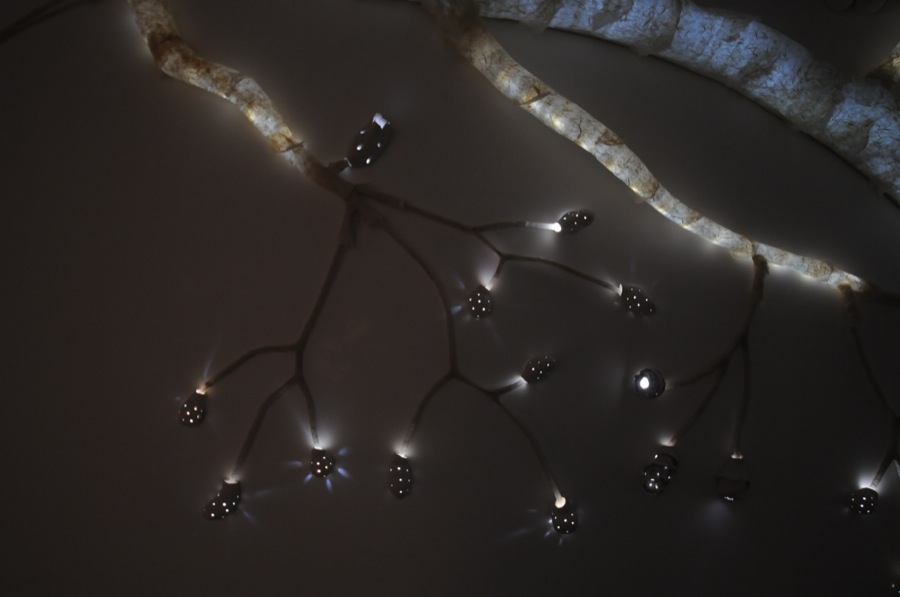
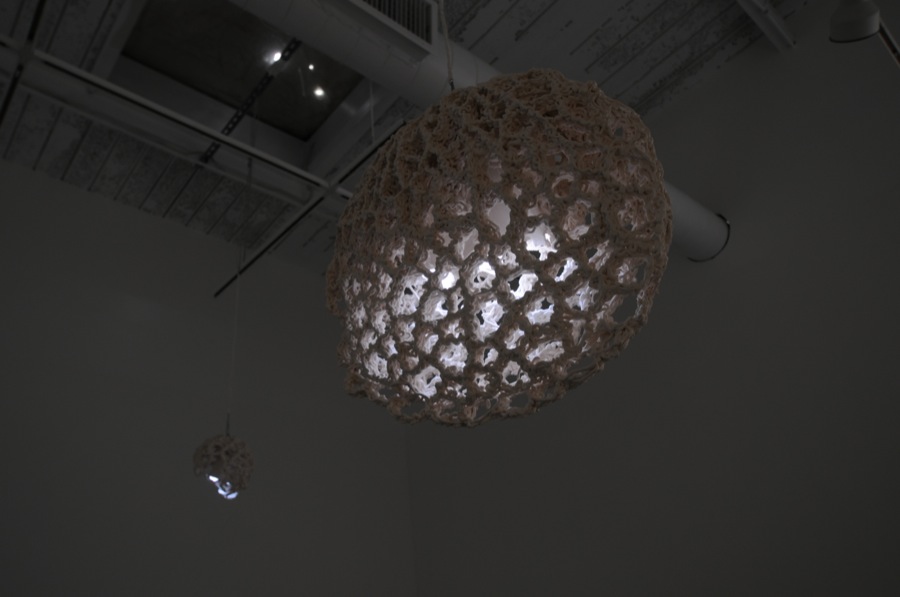
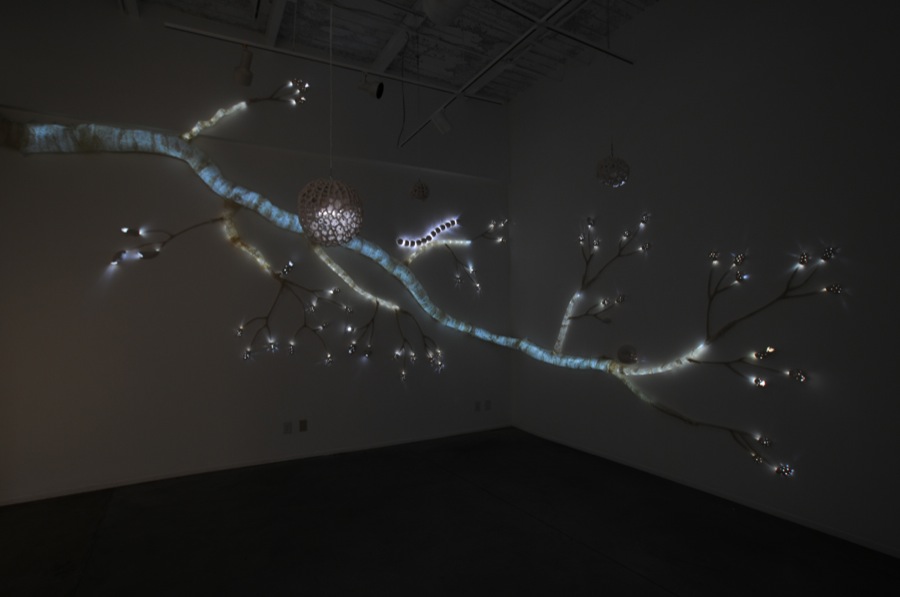
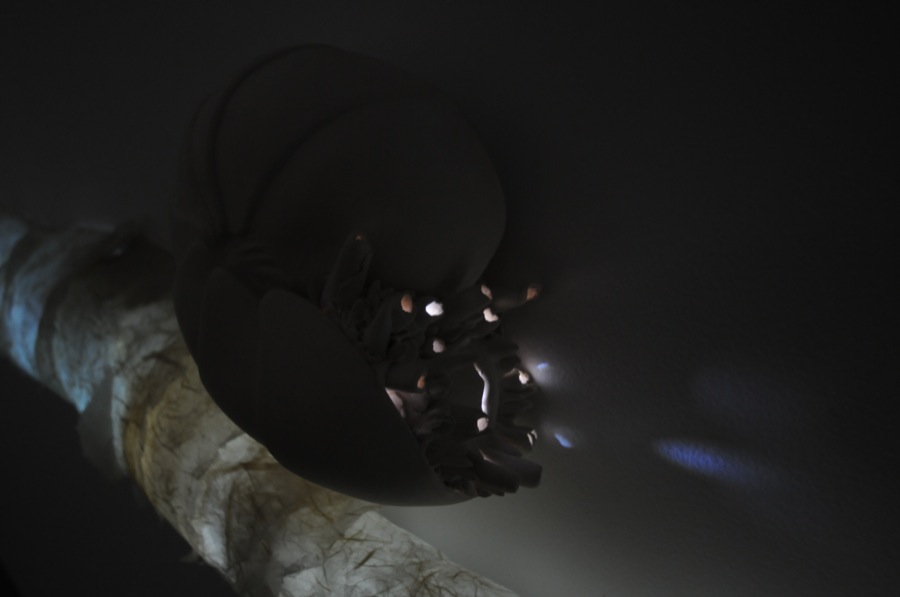

 Mid summer 2009 in Hurt Park
Mid summer 2009 in Hurt Park
 Left: Purple Coneflower, Echinacea purpurea, the same echinacea plant used in herbal cold remedies. Coneflowers will re-bloom if the past prime flower stalks are cut back. This plant is the host for the Silvery Checkerspot Butterfly. In our nursery, later in the summer, we saw goldfinches feasting on the seeds of this plant.
Left: Purple Coneflower, Echinacea purpurea, the same echinacea plant used in herbal cold remedies. Coneflowers will re-bloom if the past prime flower stalks are cut back. This plant is the host for the Silvery Checkerspot Butterfly. In our nursery, later in the summer, we saw goldfinches feasting on the seeds of this plant.